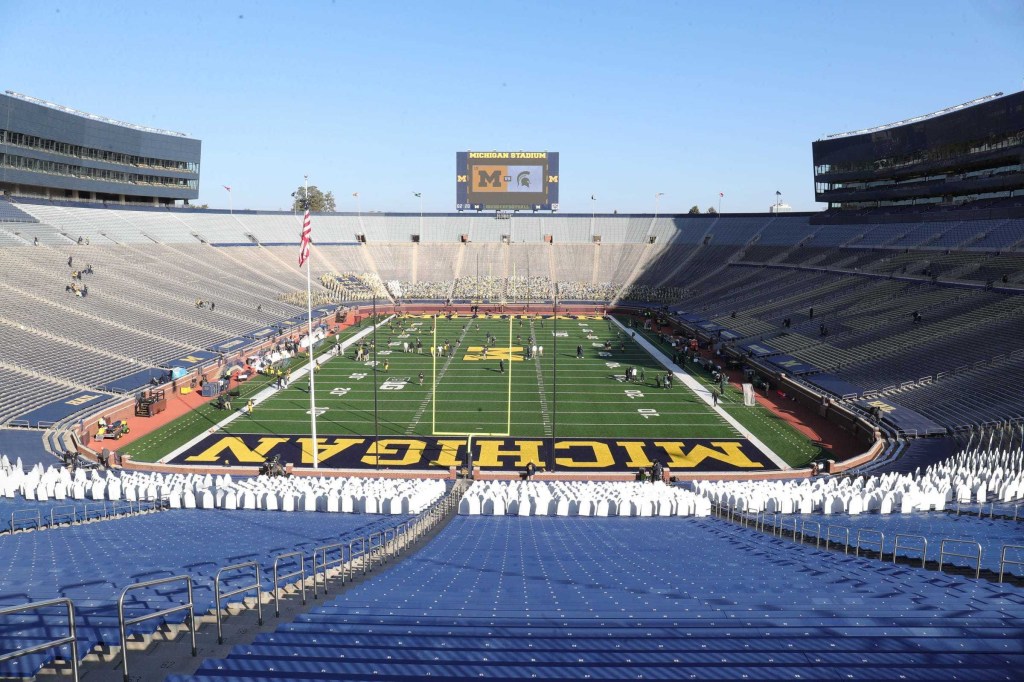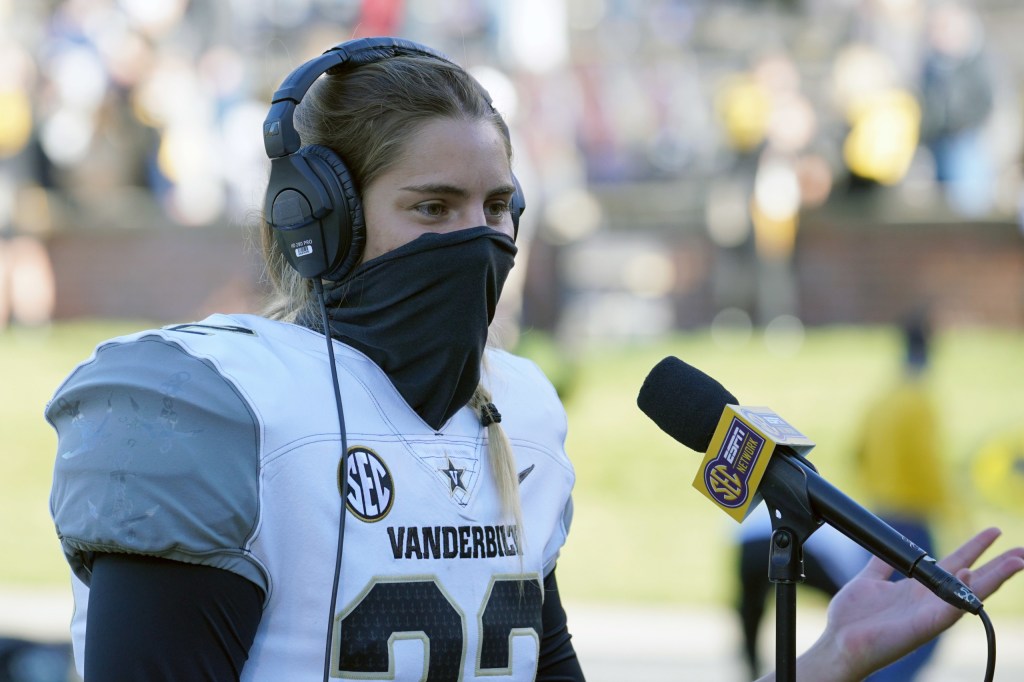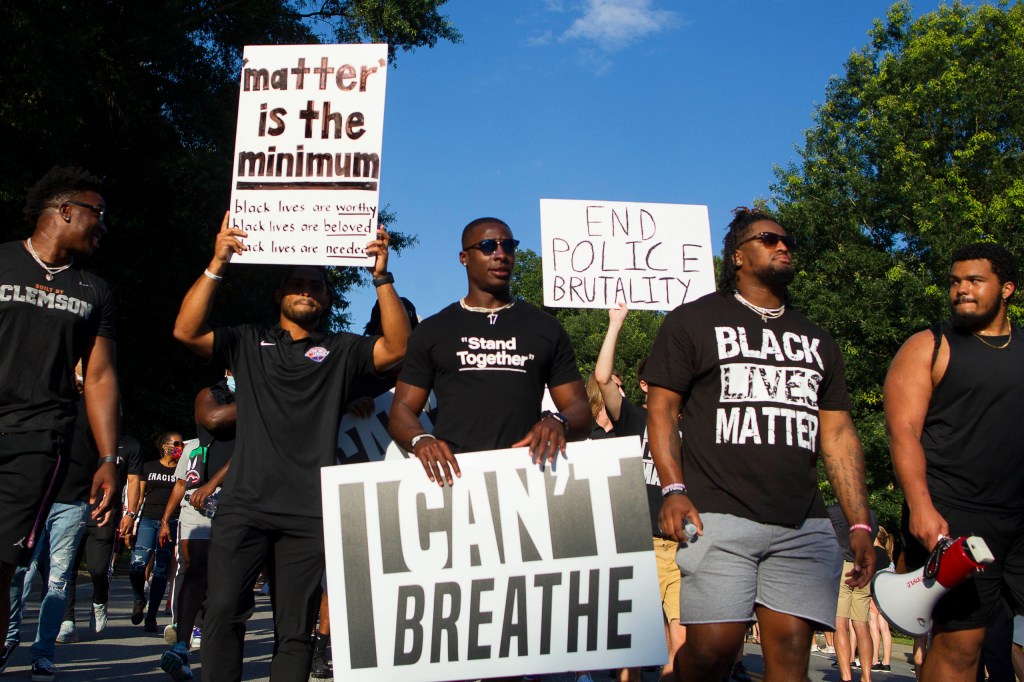It started in March, as the dominoes of conference basketball tournaments fell.
Then the NCAA’s money-maker, March Madness, was wiped from the calendar, causing Division I institutions to receive only $225 million of the $600 million they expected from the NCAA.
Division I officials spent the rest of the year salvaging their revenue-generating seasons in whatever way possible: Football teams played truncated seasons racked with cancellations with few or no fans, and basketball teams are muscling through a similarly dangerous season. Meanwhile, Olympic sports teams remained largely an afterthought.
Between the added costs of safety protocols and losses to major revenue streams like media rights and ticket sales — which made up 29% and 17% of all 2018 FBS revenue, respectively, according to the Knight Commission — athletic departments nationwide hemorrhaged cash this year.
The Fallout
While many well-compensated coaches and athletic directors took pay cuts, athletes and lower-level athletic department employees suffered the most from the pandemic:
- Nationwide, programs large and small let go of athletic department staff, and Power 5 programs like Texas, Texas Tech, and Michigan each eliminated more than 20 positions.
- NCAA programs cut more than 200 sports, according to a September AP tally, most of which are non-revenue, or Olympic sports, like track and field or swimming.
While dire losses certainly contributed to these cuts, some experts argue that the pandemic served as an excuse to trim positions or teams for which departments lost interest.
“I’ve heard very intelligent and business-minded people say things like, ‘You never want to squander an opportunity which a crisis could present,’” Irwin Kishner, the co-chair of the sports law group at Herrick Feinstein, told FOS in September. “If not now, when?”
2021 Outlook: What Will Change, and What Won’t
- The SEC/Disney media deal illustrates that skyrocketing premier college football media rights valuations have been undeterred by COVID-19.
- Partnership valuations between brands and athletic departments, however, are changing, IEG Global Managing Director Peter Laatz told FOS. Many brands are becoming more interested in how athletic departments can tell their products’ stories, and care less about visibility.
- While it’s unclear whether Division I departments will stray from their spend-what-they-make revenue model, Division III departments may be forced to overhaul budget strategies in 2021 and beyond.





